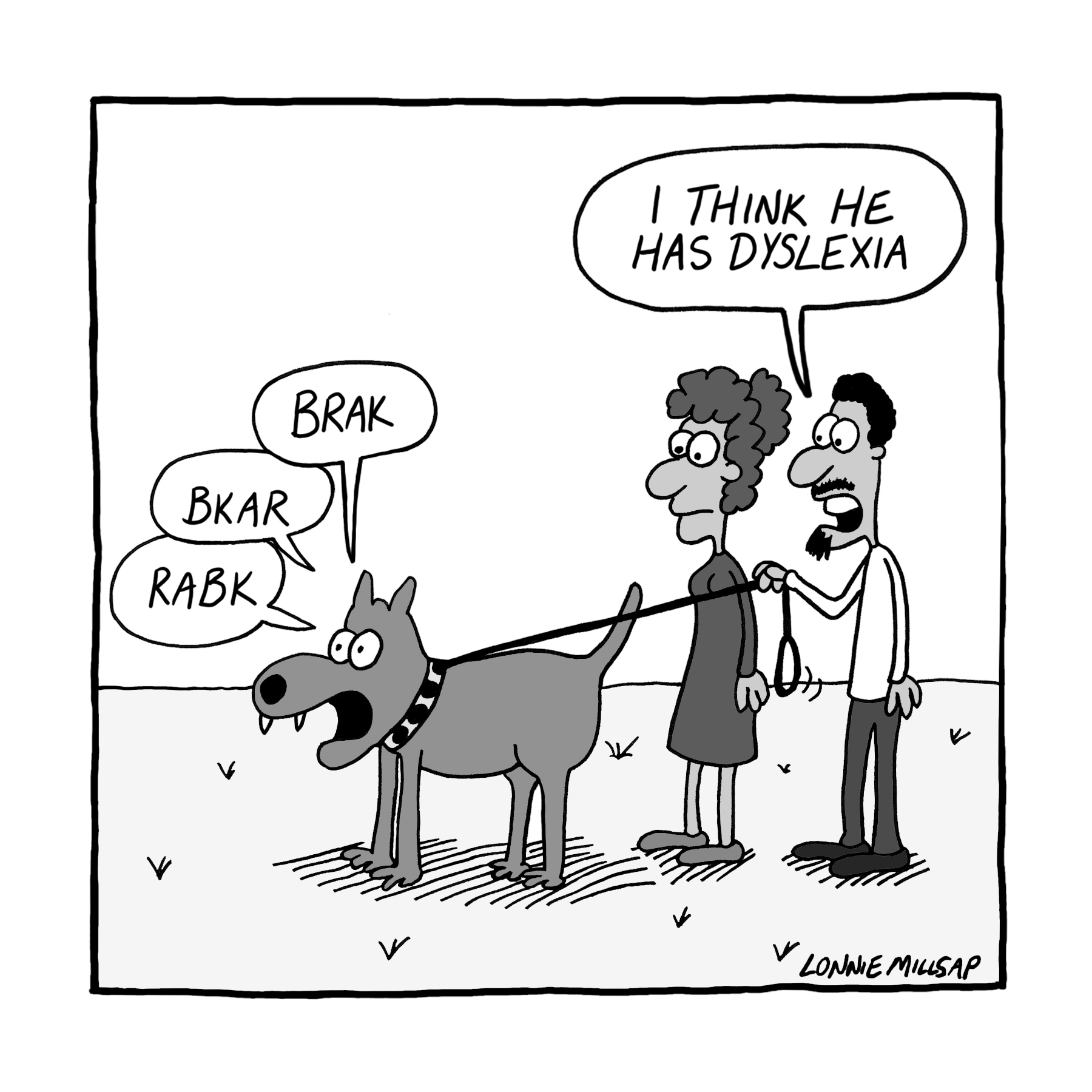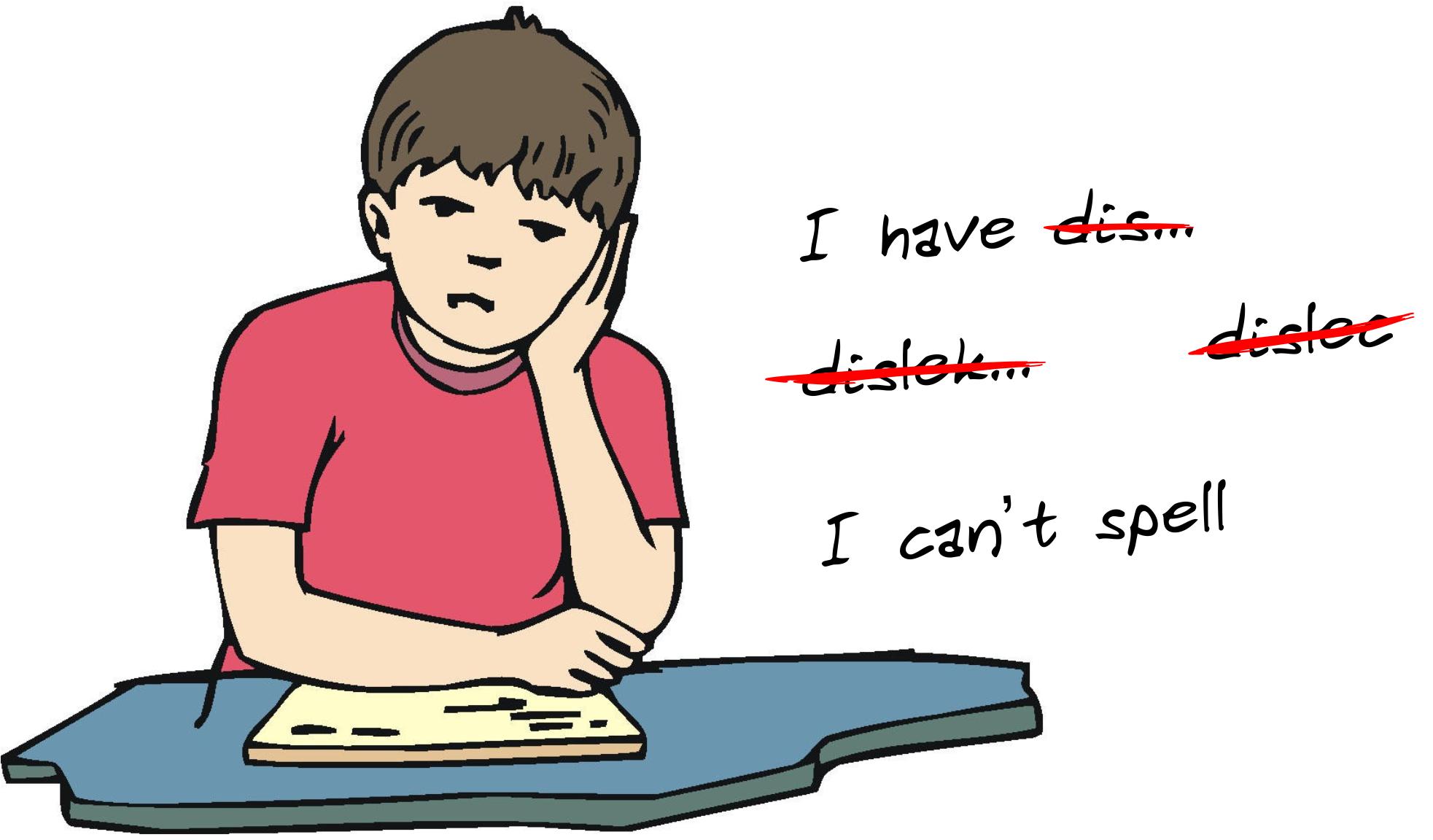
Dyslexia: What is it Really?
A majority of people have heard about the concept of dyslexia and I’m sure most even have a friend or acquaintance that experiences it everyday. At an early age, before we knew what was really going on, some would label the kids who struggled to read as dumb. Little do they know that it’s much more than that. Dyslexia is a deficit that hinders the development of children’s reading abilities while having no impact on their overall intelligence. These problems with reading can include difficulties with the annunciations of various words or struggling to comprehend the information that was just read. To clarify, this is different from alexia, in which individuals had normal reading abilities but acquired a deficit due to brain damage. When suffering from either of the two, individuals can have difficult with annunciating words, comprehending information, and even being able to identify what words are and aren’t real.
Researchers have conducted fMRI and PET scans to find what the root causes for dyslexia and have found that there is less electrical activity in parts of the brain’s left hemisphere, particularly the inferior frontal gyrus, inferior parietal lobe, and the ventral temporal cortex. Typically these areas of the brain take the letters as symbols and combine them to make words. However, when these three areas are low in activity they have to use other areas of the brain to compensate, and in turn, experience the dyslexic difficulties. The researchers have not confirmed, but are assuming, that genes and heredity do play a role in causing the disorder. Statistics have shown that about 40% of the siblings of a person with dyslexia experience similar reading disabilities.


People with dyslexia show less electrical activity in the inferior frontal gyrus, inferior parietal lobe, and the ventral temporal cortex.
Experiencing Dyslexia
So what is it exactly like to live with dyslexia? Has there ever been a time where you had to keep jumping back to a word and read it again because you either didn’t process it or it was initially too complicated of a word? Take, for instance, indefatigable. Now it’s certainly not a word that you come across everyday, and I’m sure a good number of people had to jump back to take a second look at it and work to process it more. For those of you who may have had to pause and think about the word as a whole, you can sound it out like in-di-fat-i-guh-buh l and it’s an adjective meaning “incapable of being fatigued.”
Now at an older age, we’re pretty used to being able to read through sentences at a constant pace and rarely run into this type of issue. Could you imagine having to constantly go back and sound out a word, think and understand its meaning, and then move on, only to repeat this process over and over? To take it to another level, think about the difficulty, and maybe even embarrassment of having to read aloud in the classroom with all of your friends. There are even some cases of dyslexia that can include symptoms that cause people to reverse letters, for instance if the word “bat” was on a page, they may see it as “dat” instead. It’s hard to believe that this can happen to your fellow classmates and you have no clue what it’s like, right? There are college students with dyslexia that even describe that they feel like they’re reading at a 4th grade level once they’re asked to read a sentence or paragraph for their whole class. Take a look at the short film posted to the right for a more in-depth view of what it’s like to experience dyslexia.


How Do We Treat it?
Unfortunately, there’s nothing that can simply cure dyslexia because there aren’t medications that influence how our brains process information. It’s not even something that you can just outgrow. Although, there are certain things that you can help someone work around their issues, like educational therapy. There are professionals that can teach the individuals various techniques to improve their memory, concentration, and attention. A successful program that is gaining greater recognition daily is the Orton-Gillingham program, in which they help retrain the brain to process information in new ways. If you’re wondering how people go about this type of therapy, there is another video posted to the right as an example. If you’re not enrolled in these kind of programs, there’s still other resorts. There has even been a certain font that is designed known as the Dyslexie Font! Take a look at the excerpt to the right to see the difference! It has been proven to make reading easier with less effort for people with dyslexia and it’s used by several school, universities, speech therapists, and remedial teachers. If you want to access and download it just go to www.dyslexiafont.com and you’ll be able to use it for any program on your computer! There are obviously countless individuals who had dyslexia and gone without treatment, if you’re one of the many who do have it, there’s no reason to worry because even Albert Einstein had it and he seemed to do pretty well for himself!



References:
The Facts About Dyslexia. (2015.). Retrieved from http://www.pbs.org/parents/readinglanguage/articles/dyslexia/the_facts.html
Lapkin, E. (2014, April 2). Understanding Dyslexia. Retrieved November 2, 2015, from http://www.lifecoach-directory.org.uk/articles/dyslexia-coaching.html
Richardson, J. (2013, October 10). It’s Called Dyslexia. The Huffington Post. Retrieved from http://www.huffingtonpost.com/jamie-anne-richardson/its-called-dyslexia_b_4074199.html
Shaywitz, S. (2015). I Have Dyslexia. What Does it Mean? Retrieved November 2, 2015, from http://dyslexia.yale.edu/whatisdyslexia.html
Dyslexia Information Page. (2015). Retrieved from http://www.ninds.nih.gov/disorders/dyslexia/dyslexia.htm
Recent Comments